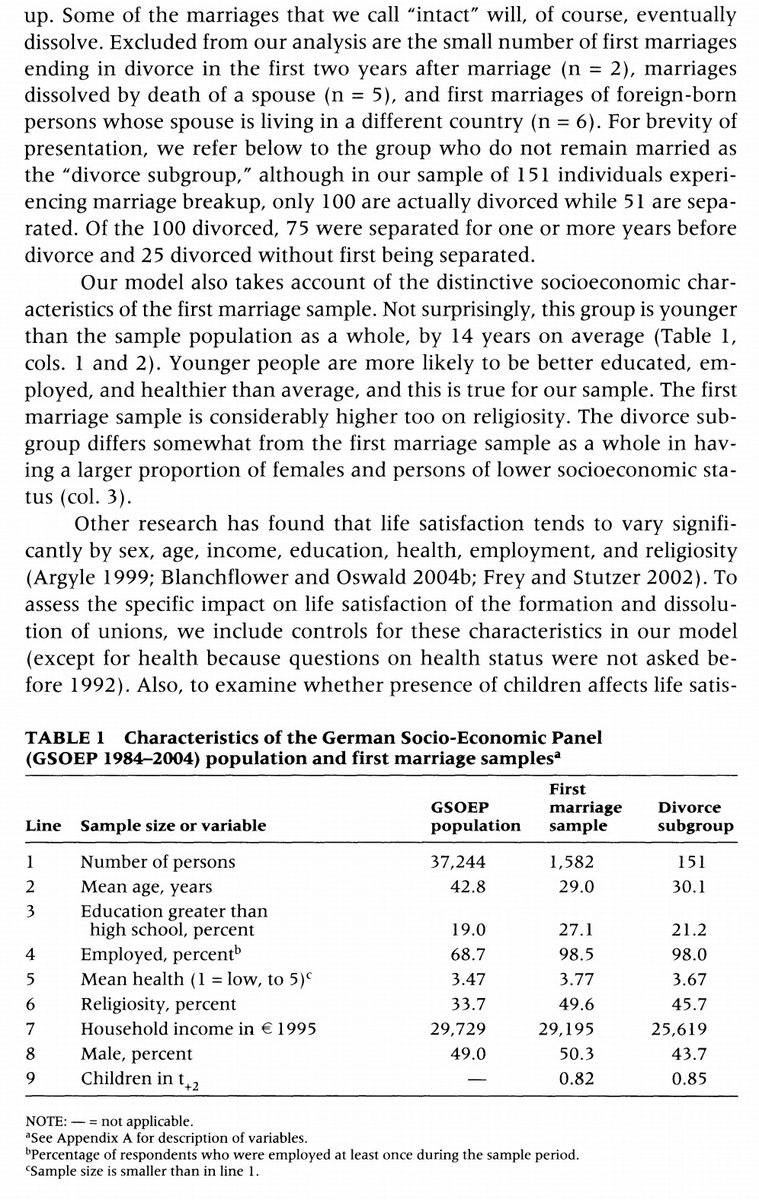1/ The Great Inflation, Factors, and Stock Returns (Stanhope)
"Equities as a whole may not welcome high rates of inflation, but certain stock selection factors have shown resilience in periods of rising prices."
canvas.osam.com/Commentary/Blo…
"Equities as a whole may not welcome high rates of inflation, but certain stock selection factors have shown resilience in periods of rising prices."
canvas.osam.com/Commentary/Blo…

2/ "During the Great Inflation era (1965-1982), inflation annualized at 6.5%. While comparisons to our current situation are tempting, the structure of the global economy and monetary, fiscal, energy, and labor policies are dramatically different." 



3/ "Inflation is a ‘tax’ on revenues, not profits.
"High taxes in high-inflation regimes can push the effective tax rate above 100%, leading corporations to rack up expenses to reduce pre-tax profits.
"Current corporate tax rates should not exacerbate inflationary forces."
"High taxes in high-inflation regimes can push the effective tax rate above 100%, leading corporations to rack up expenses to reduce pre-tax profits.
"Current corporate tax rates should not exacerbate inflationary forces."

4/ "Although money supply has grown at a similar rate as in the ‘Great Inflation’, velocity has remained sluggish, mitigating the risk of an inflationary spike.
"The system is awash with unused liquidity.
"The U.S. is now a net exporter of energy & more protected from shocks."



"The system is awash with unused liquidity.
"The U.S. is now a net exporter of energy & more protected from shocks."




5/ "As inflation climbs, equity returns fall. This often stems from multiple compression. During the Great Inflation, the S&P 500 P/E ratio shrank from 20x in 1965 to 10x in 1982 as investors required greater returns for the risk of allocating to equities when inflation raged." 



6/ "In the highest-inflation decile, the equity market generally delivered negative real returns. Factors may serve as a hedge within equity portfolios in those runaway inflation environments." 





7/ Related reading
Rate of Return on Everything
Best Strategies for Inflationary Times
US Inflation and Global Asset Returns
Mapping Investable Return Sources to Macro Environments
Rate of Return on Everything
https://twitter.com/ReformedTrader/status/1259274241515483136
Best Strategies for Inflationary Times
https://twitter.com/ReformedTrader/status/1379188472750071809
US Inflation and Global Asset Returns
https://twitter.com/ReformedTrader/status/1442160007898800130
Mapping Investable Return Sources to Macro Environments
https://twitter.com/ReformedTrader/status/1410309893425287171
• • •
Missing some Tweet in this thread? You can try to
force a refresh




























